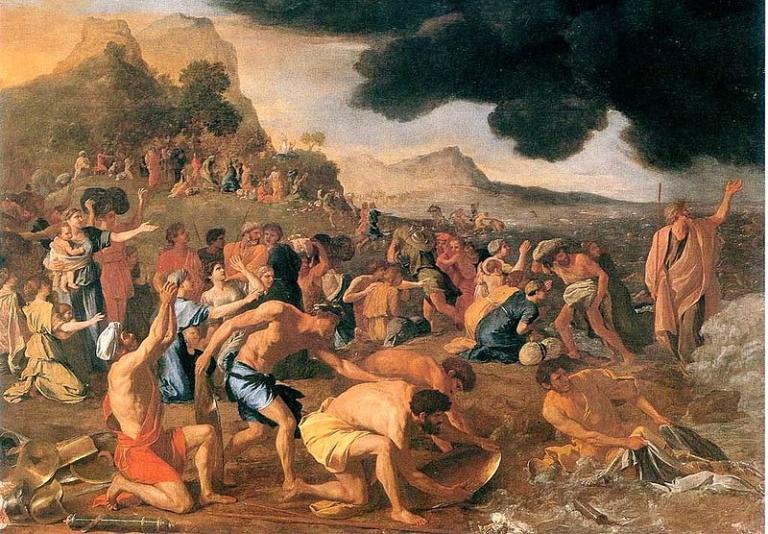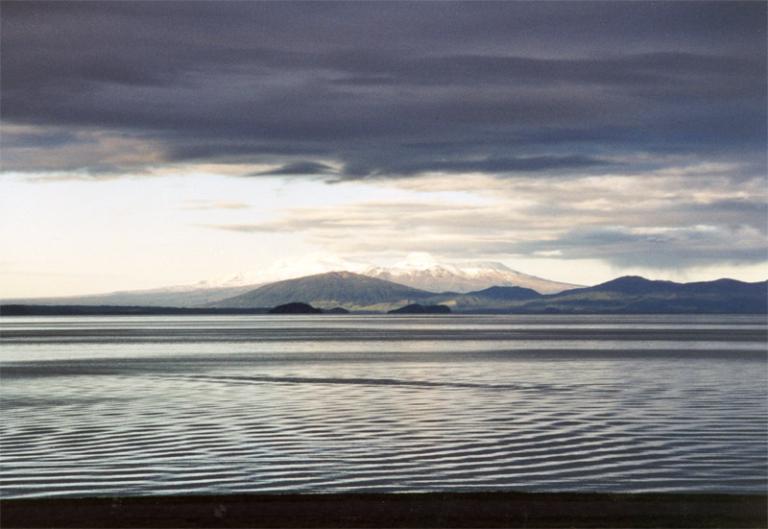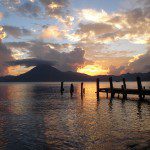
(Wikimedia Commons public domain image)
These new items have appeared on the nearly comatose and virtually moribund website of the Interpreter Foundation. Happy weekend! We hope that you will enjoy them.
“An Important Addition to the Library,” written by
Review of Grant Hardy, The Annotated Book of Mormon (New York: Oxford University Press, 2023). 912 pages; $37.95 (hardcover).
Abstract: Oxford University Press has published an annotated edition of the Book of Mormon. This represents a significant event and provides a useful study resource. At the same time, the author’s determination to follow the conclusions of mainstream biblical scholars inevitably generates tensions on issues where the Book of Mormon conflicts with those conclusions. The author also assures readers that the commentary follows “the plain meaning of the text,” which ought to acknowledge Joseph Smith’s foundational observation that different teachers of religion may understand the same passages very differently, depending on their framing context. In this review, I introduce the content and contributions of the volume, and in a future review I’ll address the possibilities for resolving conflicts.
“Joseph Smith and the “Red Sea” in 2 Nephi 19:1,” written by E. Jan Wilson
Abstract: When Nephi quotes Isaiah 9:1 in 2 Nephi 19:1, Isaiah’s the “way of the sea” (KJV translation) becomes “the way of the Red Sea” in the Book of Mormon, a change that is often said to reflect an egregious blunder by Joseph Smith or a scribal error. However, there may be a scenario in which it could reflect a reasonable interpretation of an authentic ancient passage.
“Interpreting Interpreter: A Sea of Red,” written by Kyler Rasmussen
This post is a summary of the article “Joseph Smith and the “Red Sea” in 2 Nephi 19:1” by E. Jan Wilson in Volume 60 of Interpreter: A Journal of Latter-day Saint Faith and Scholarship. All of the Interpreting Interpreter articles may be seen at https://interpreterfoundation.org/category/summaries/. An introduction to the Interpreting Interpreter series is available at https://interpreterfoundation.org/interpreting-interpreter-on-abstracting-thought/.
The Takeaway: Wilson seeks to address a difference between Isaiah 9:1 and 2 Nephi 19:1 by suggesting that the difference arises due to a misunderstanding by later Hebrew scribes. Specifically, the word “sea” in Isaiah may have been originally represented by the term sufah as a place name, which could have then been translated within the Book of Mormon as “Red Sea”. This would have required that the word be changed by a later scribe to the current yam.
Sacred Time, Sacred Space, & Sacred Meaning: “The Choreography of Genesis: The Book of Abraham as a Ritual Text,” written by David M. Calabro
Part of our book chapter reprint series, this article originally appeared in Sacred Time, Sacred Space, & Sacred Meaning, Proceedings of the Third Interpreter Matthew B. Brown Memorial Conference “The Temple on Mount Zion,” 2 November, 2016, edited by Stephen D. Ricks and Jeffrey M. Bradshaw. For more information, go to https://interpreterfoundation.org/books/sacred-time-sacred-space-sacred-meaning/.
David Calabro illuminates the function of the Book of Abraham as a ritual narrative, outlining how words and artwork come together to create a compelling temple text.

(Wikimedia Commons public domain photo)
For reasons that will soon become evident, I’ve lately been reading a bit about New Zealand. One of the books that I’ve been looking at is the late Michael King’s 2003 Penguin History of Aotearoa New Zealand, from which the following passages come.
A few years ago, my wife and I spent a night in a beautiful little hotel on the shore of tranquil Lake Taupō. Apparently, the area hasn’t always been quite so serene:
The Chinese chronicle Hou Han Shu recorded that, in the reign of the Emperor Ling Ti (168-189 AD), the sky was for many days ‘as red as blood’. This reference is corroborated by a Roman document, the Historia Augusta, which reports that some time before the Deserters’ War (186 AD) the sky was seen to ‘burst into flame’. Another historian of the Roman era, Herodian, lists strange portents seen in the reign of the Emperor Commodus (180-192 AD): ‘Stars remained visible by day, and others became elongated, seeming to hand in mid-air.’
Such celestial displays could be consistent with the aftereffects of a massive volcanic eruption. The only eruption known to have occurred on such a scale at about that time is that of the Taupō rhyolitic vent. This explosion, possibly the most powerful and destructive anywhere on Earth in the past 5000 years, emerged from the crater now known as Lake Taupō in the centre of the North Island of New Zealand. It was almost ten times as powerful as the better-known Krakatoa eruption in 1883 and is likely to have sent tsunami radiating into the Pacific, over-running low-lying islands and reaching the mainlands of Asia and America . . .
Carbon dating of the bones of kiore, the Polynesian rat, suggests that the creature may have become established in New Zealand as long as 2000 years ago. The contemporary decline of birds — the owlette-nightjar, for example, and one species of duck — appears to support the presence of rats at that time. Should these dates be confirmed and the supporting evidence verified, they would support an irrefutable argument in favour of an early Polynesian landing on the coast of New Zealand.
The only means of transport available to kiore was Polynesian vessels. The rats’ presence in the country so far ahead of organised human settlement, for which there is as yet no evidence, suggests that a discovering canoe landed in both the North and South Islands around 2000 years ago and then headed back to Island Polynesia, or that the occupants of a canoe remained somewhere in New Zealand at that time but failed, because of low numbers, single gender or lack of adequate resources, to establishing a continuing colonising population. A third possibility is that a small founding group abandoned the country or was wiped out because of some unexpected natural disaster, such as the catastrophic effects of the Taupō eruption.
The inescapable fact remains, however, that to date no direct evidence has been found of a human occupation of New Zealand — no hearth fires, no tools, no human remains or the remains of creatures butchered by humans — earlier than the thirteenth century AD. . . .
[A] fragment of the supercontinent of Gondwana became the islands of New Zealand, which humankind began to colonise around 800 years ago. (5-7)
The islands of New Zealand apparently represent the last land mass on Earth to have been occupied by human beings.

As is my frequent custom, I close with some selected abominations from the Christopher Hitchens Memorial “How Religion Poisons Everything” File™:
There is, however, light at the end of the tunnel; there are grounds for hope that such horrors will eventually come to a long-overdue end: “Religious ‘Nones’ Now Outnumber All Individual Religious Cohorts, Outpacing Catholics and Evangelicals”













